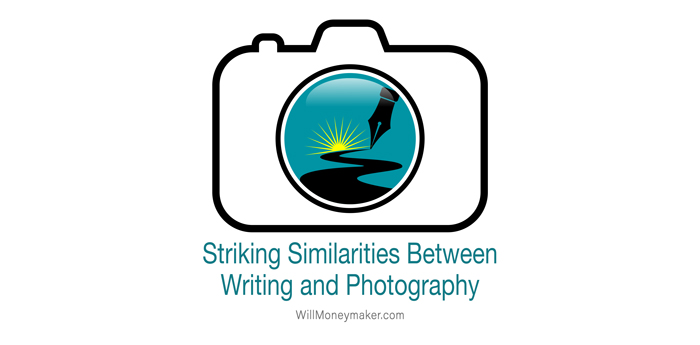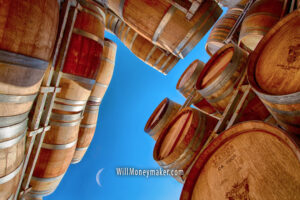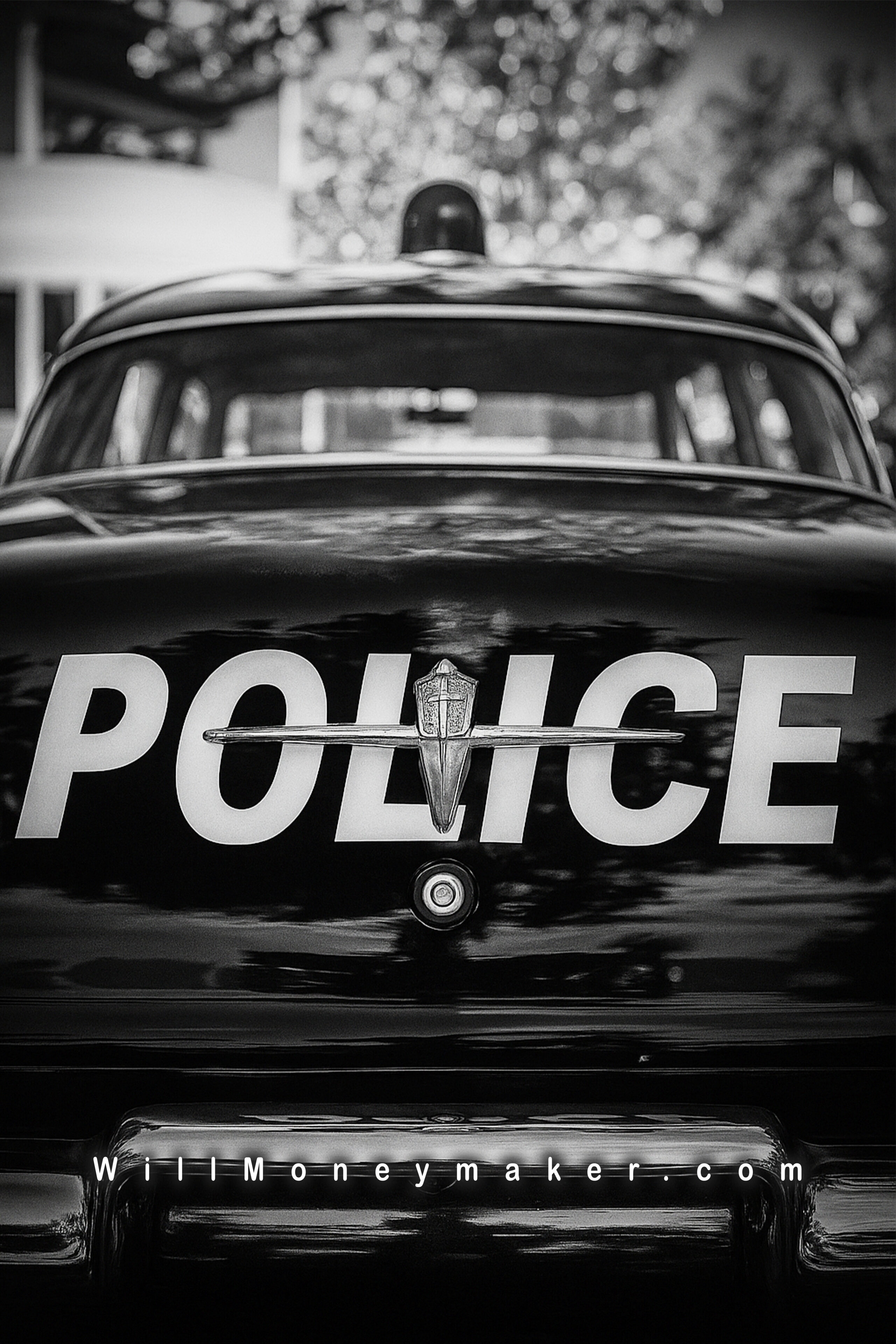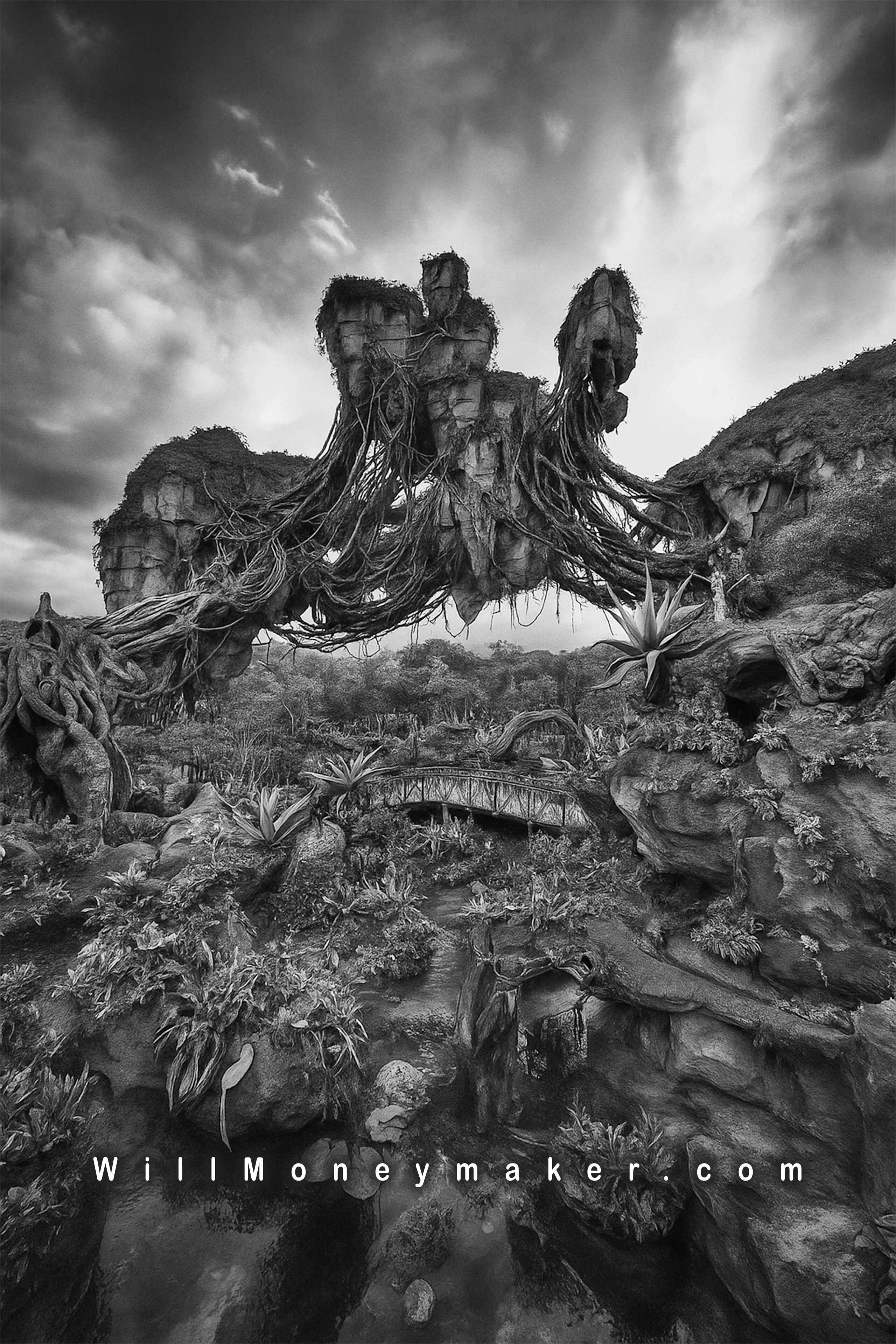Perspective is important. Vital, even, for photographers. When we compose, when we photograph a subject, we’re always looking for a variety of perspectives on that subject because we’ve been trained to realize that the initial idea that we have, the initial perspective that we approach the subject from, may not be the absolute best perspective with which to portray that subject.
Knowing this, knowing that we must always watch for different perspectives, it seems logical that we should always be looking at photography, at the art form as a whole, from different perspectives, at least, whenever we have the opportunity to do so. And that is why I’d like to look at photography from the viewpoint of a writer. It is interesting, striking in a way, how so much between these two entirely different forms of art is actually shockingly similar.
First, a note about the differences between writing and photography because I think that perhaps this is a bit of perspective that can help us to think critically about the way we approach photographs. You see, with writing, we are all taught, from elementary school onward, to always look for the deeper meaning in prose. It is driven into us to search for those deeper meanings and most of us, at one point or another, have had our teachers assign us the works of Robert Frost or some other author or poet, expecting us to “read between the lines” and find the meaning behind the words.
In photography, on the other hand, that kind of depth often proves to be a struggle. It’s easy to make pretty pictures. Point the camera at something visually interesting and press that shutter button. What isn’t easy is making meaningful photographs, photographs with hidden subtexts that viewers must ferret out for themselves.
This is why I’d like to take a moment comparing the similarities between writing and photography. Perhaps in that comparison, we can find some thoughts that help us to achieve that deeper meaning, much as authors find ways to fill a few lines of prose with remarkable depth.
Grammar
Grammar is an essential element of writing, one that you begin learning early on as a youngster in school, though that education grows more complex as you move through grades. With grammar, you learn your nouns, verbs, adjectives, and all the other parts of speech. Punctuation and sentence structure is important and you also learn how to form thoughts into paragraphs and so on.
In photography, the analogue to this is basic camera knowledge. The photographer’s grammar is the working knowledge of the camera, the lenses, all of the controls — each piece and part that makes photography work, the mechanics of the art. Depth doesn’t come from grammar though grammar is necessary if you are seeking to achieve depth.
The Voice
Grammar isn’t everything. You can write as much as you like with impeccable grammar but if you don’t find a way to add life to the words, the words fall flat. That life comes from the author, his or her tone, or style. The author’s voice, in other words. Every author has a unique voice and that voice adds a unique tone, a unique style, to the prose that they produce.
Photographers also have a voice. Similar to the way writers do it, photographers add life and beauty to their work through certain stylistic quirks that define the voice of the photographer. One writer, for example, may enjoy crafting long and complex sentences with interesting structures that create a pleasing rhythm as those sentences are read or spoken. This is a stylistic choice on the author's part.
A photographer may choose to commonly employ certain colors among a majority of images. This is a stylistic choice on the photographer’s part. As with the author, these stylistic choices, be they choices about colors, compositions, lighting techniques, or any other favored tricks and tactics, they all help to give that photographer a unique voice and that unique voice helps to bring the images to life.
Storytelling
Tone and style, the voice, that is what defines the artist. But it isn’t enough to make one writer, one written work, one photographer, one photograph, stand out from all the others. To achieve that deeper between-the-lines meaning, there needs to be something else, a special something, a sort of magic that lifts words from the page and draws readers in. That begs the question: What is it about the novel that you just can’t put down?
It’s the storytelling. The best writers, the ones that top the bestseller lists, they know how to weave a powerful, meaningful story. They build rich settings and fill them with relatable, realistic characters. The plot is full of twists and turns, enticing tidbits dropped into the story just often enough that the reader keeps turning the page, wanting to learn more, wanting to see that next piece of the puzzle, that next unfolding of the story.
So how does the photographer achieve this richness and depth within the confines of the printed image? The same way, in my opinion, that the writer does it. The writer starts with an outline, a plan. Within this outline, he or she develops characters, settings, scenes to place these elements in. In that outline, everything is hammered together into a story. The story is written. And then, the writer edits. Again and again, the writer goes back and edits until he or she is satisfied with the work.
The photographer may find it helpful to do the same. Sit down, draw up an outline, or a plan for the photograph that you want to take. Write down a quick sketch of the characters, which, in the photographer’s case, are the main subjects of the photograph. Dream up the setting where your story will take place, then place this within the image that you have created. Put it all together.
Then, start editing. Though your editing process will look different from that which the writer employs. Editing could mean taking multiple iterations of the same photograph, this image that you’ve created in your mind’s eye. It may mean capturing the image from every angle imaginable. If the lighting of the day isn’t quite right, then editing may mean coming back on a different day to try again. Tinker with post-processing. Keep on editing, keep on revising until you are satisfied that the depth you are looking for is there. That you’ve created something that pulls the viewer in, leaving him or her gripped by the story you’ve created.
Of course, there are no real right or wrong ways to approach the art-making process. But, I do think it helps to consider different perspectives and even the similarities between different kinds of art because, in these things, we may find small tidbits or ideas that we can carry over to photography.





